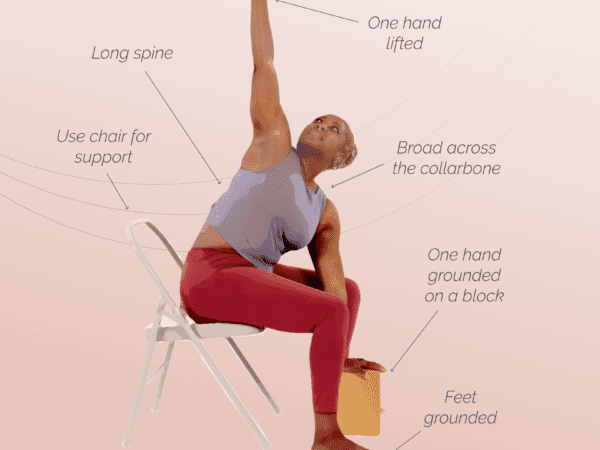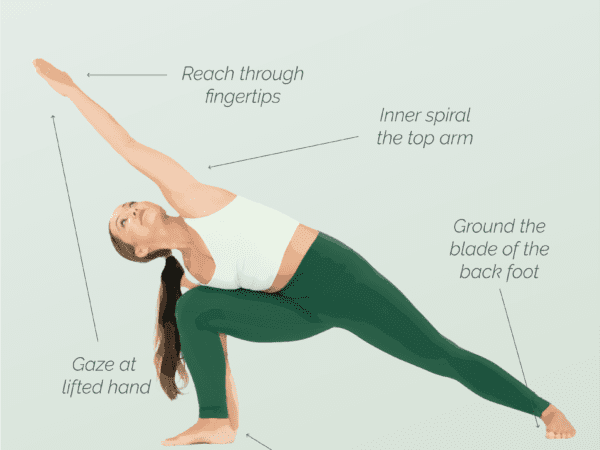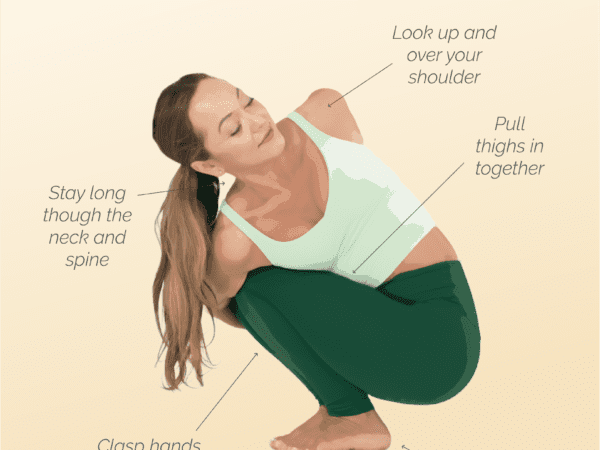Do you feel stiff and tight in your hips? Then you need to know how to do supported bridge pose. This pose offers a host of benefits, including improved flexibility and range of motion, increased blood flow and better circulation, and relief from tension in the hips and lower back. Plus, it’s easy to do!
Read on for step-by-step instructions on how to perform this pose safely and effectively, but first let’s look at the benefits and contraindications for the pose.
Benefits of supported bridge pose
The benefits of this pose include the following:
- Improved flexibility and range of motion in the hips
- Increased blood flow and circulation
- Relief from tension in the hips and lower back
Contraindications for supported bridge pose
Pregnancy
- High blood pressure
- Glaucoma or other eye conditions
- Neck injuries or pain
How to do supported bridge pose
Now that you know the benefits and contraindications of supported bridge pose, let’s look at how to do the pose.
To begin, lie on your back with your knees bent and your feet flat on the floor.
Then slowly raise your hips up off the floor and place a block under your sacrum (tailbone). You can use the block on the first or second position, but if you want it higher, use two blocks. One block in third position won’t give you enough stability in the pose.
Once you feel stable, straighten your legs and let your arms relax at your sides.
This is an amazing way to open the front of the hips. Once you’re in position, simply relax and breathe deeply for up to five minutes.
To release the pose, remove the block and slowly lower your hips back down to the floor.
And that’s how to do supported bridge pose! Give it a try next time you’re feeling stiff and tight in your hips. You’ll be amazed at how good it feels.
Do you want unlimited access to yoga classes that fit into your schedule? Sign up for a free trial with Omstars to get started.









